Home>Interior Design>Small Home Office Ideas: 12 Tiny Home Office Designs
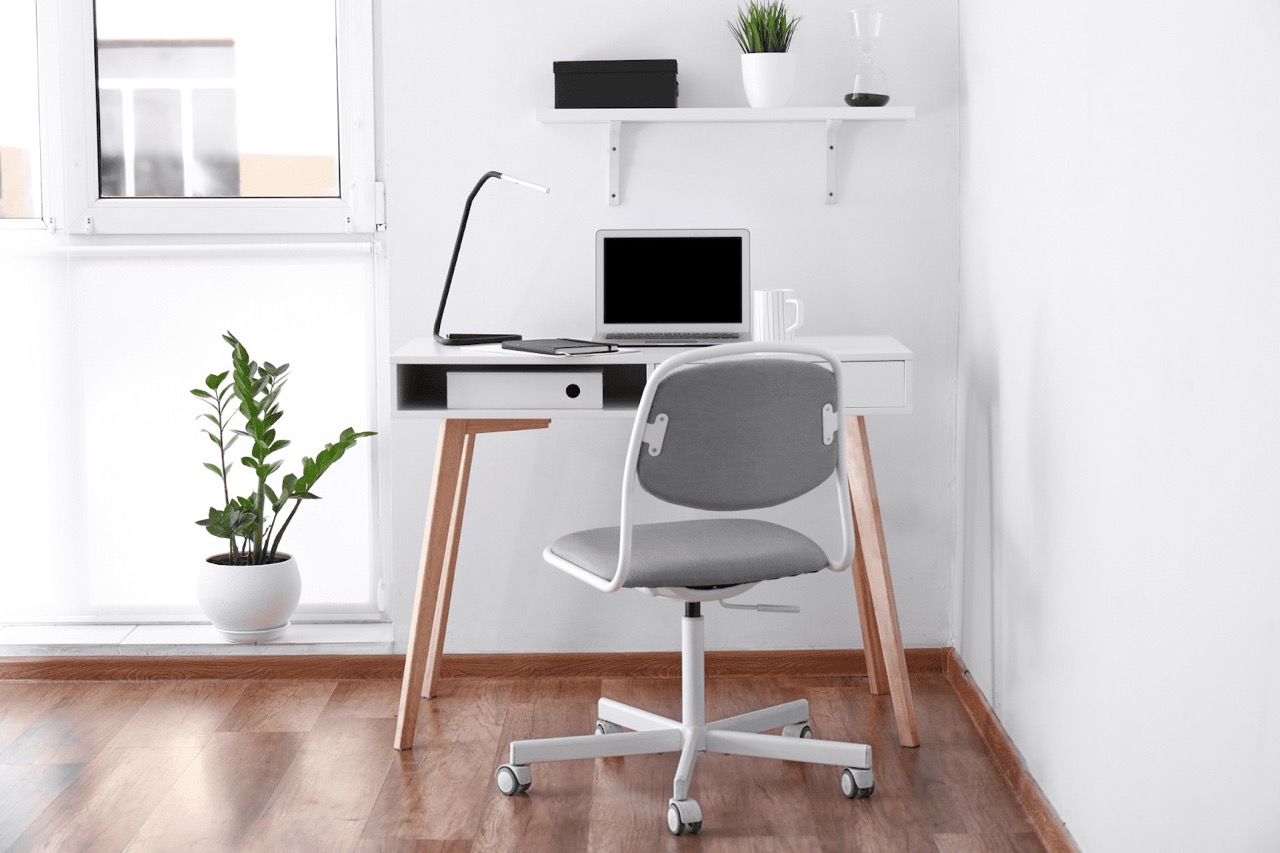

Interior Design
Small Home Office Ideas: 12 Tiny Home Office Designs
Modified: January 19, 2024
Discover clever interior design ideas for creating functional and stylish small home offices with these 12 inspiring tiny office designs.
(Many of the links in this article redirect to a specific reviewed product. Your purchase of these products through affiliate links helps to generate commission for Storables.com, at no extra cost. Learn more)
Introduction
In today’s modern world, more and more people are embracing the flexibility and convenience of working from home. Whether you’re a freelancer, a remote worker, or a small business owner, having a functional and inspiring home office space is crucial to stay focused and productive. However, not everyone has the luxury of a spacious home or dedicated room to turn into a full-fledged office.
But fear not, because with a little creativity and smart design choices, you can create a small home office that is both functional and stylish. In this article, we will explore 12 tiny home office designs and ideas that will help you make the most of your small space.
From utilizing vertical space for storage to incorporating natural light, we will cover a wide range of tips and tricks to optimize your workspace. Additionally, we will discuss the importance of a neutral color palette, the benefits of installing floating shelves, and the advantages of compact and space-saving furniture.
Furthermore, we will delve into the design of built-in desks for small spaces, the use of room dividers for privacy and functionality, and the importance of maintaining an organized and clutter-free workspace. We will also explore the benefits of incorporating plants for a fresh and inspiring atmosphere, the practicality of a mobile or foldable home office setup, and the impact of creative and personalized touches.
By the end of this article, you’ll have a wealth of ideas and inspiration to transform your tiny office space into a productive haven where you can accomplish your tasks with ease and efficiency. So let’s dive in and discover the secrets to creating a small home office that maximizes your space without compromising on style or functionality.
Key Takeaways:
- Maximize your small home office space by utilizing vertical storage, creating a multifunctional work area, and incorporating natural light. Designing a functional and stylish workspace is achievable with smart design choices and creativity.
- Incorporate personalized touches, such as plants, artwork, and DIY projects, to create an inspiring and unique small home office. Embrace flexibility with a mobile or foldable setup, and maintain an organized, clutter-free workspace for maximum productivity and creativity.
Utilizing Vertical Space for Storage
When dealing with a small home office, it’s essential to make the most efficient use of vertical space. By taking advantage of the walls, you can create ample storage options that won’t encroach on your limited floor space.
One of the most effective ways to maximize vertical storage is by installing wall-mounted shelves or cabinets. These can be used to store books, files, office supplies, and other essentials. Choose shelves that are narrow and extend from floor to ceiling to maximize storage capacity. Opt for open shelves to display decorative items or closed cabinets to keep things neatly tucked away.
Another option for vertical storage is utilizing pegboards or panel systems. These versatile systems can be customized with hooks, shelves, and holders to accommodate your specific storage needs. Hang small items such as scissors, pens, and paper clips to keep them easily accessible and organized.
In addition to walls, don’t forget about the often-overlooked space above your desk. Floating shelves or wall-mounted organizers can be installed directly above your work area, providing extra storage without eating up valuable desk space. Use these shelves to store frequently used items, such as notebooks, stationary, and reference materials.
If you have a particularly high ceiling, consider investing in a tall bookshelf or a ladder-style shelf. These taller units not only provide ample storage but also draw the eye upward, creating a sense of verticality and sophistication in the room.
To maximize your vertical storage, consider using stackable storage bins or file holders. These can be placed on shelves or in the corner of the room to keep your office supplies and paperwork organized. Additionally, utilizing hanging organizers on the back of doors or on the sides of cabinets can provide additional vertical storage options.
By utilizing the vertical space in your small home office, you can free up valuable floor space and keep your workspace clutter-free. Not only will this enhance the functionality of your office, but it will also create a visually appealing and organized environment conducive to productivity and creativity.
Creating a Multifunctional Work Area
In a small home office, it’s important to make the most out of every square inch of space. One way to achieve this is by creating a multifunctional work area that serves multiple purposes without compromising on productivity.
Start by carefully selecting your furniture. Choose a desk that provides ample workspace for your computer and other essentials, but also offers additional storage options. Look for desks with built-in drawers, shelves, or compartments to store office supplies and keep your work area organized.
Consider using a desk that can be easily folded or extended when needed. This allows you to maximize your workspace when working on projects or tasks and fold it away when not in use. Compact desks with drop-down panels or pull-out surfaces are perfect for small offices where space is a premium.
Another way to create a multifunctional work area is by incorporating dual-purpose furniture. For example, a desk with built-in shelving or a file cabinet that can also double as a side table. This way, you can make the most of your furniture and save space.
Additionally, think about the layout of your office. If possible, position your desk in a way that allows for flexible use of the space. For example, you can place your desk against a wall and use the other side of the room for a seating area or storage space. This way, you can have a dedicated workspace while also leaving room for other activities.
Consider investing in a comfortable desk chair that can also serve as additional seating when you have guests or need to take a break from sitting at the desk. Look for chairs with a compact design or those that can be easily stacked or stored away when not in use.
Another way to create a multifunctional work area is by incorporating a standing desk or a height-adjustable desk. These desks allow you to switch between sitting and standing positions, promoting better posture and reducing the strain on your body during long hours of work.
Lastly, don’t forget to incorporate adequate lighting in your multifunctional work area. Good lighting is essential for productivity and reducing eye strain. Use a combination of natural light from windows, task lighting such as desk lamps, and ambient lighting to create a well-lit and comfortable workspace.
By creating a multifunctional work area in your small home office, you can optimize the use of space and ensure that your office caters to your various needs. With careful planning and thoughtful selection of furniture and layout, you can have a functional and versatile workspace that supports your productivity and creativity.
Incorporating Natural Light
When designing a small home office, it’s important to make the most of the available natural light. Natural light not only creates a bright and inviting atmosphere but also has numerous benefits for your overall well-being and productivity.
Position your workspace near a window or in a location that receives ample natural light throughout the day. This will not only provide you with a beautiful view but will also help to reduce eye strain and boost your mood. Natural light has been shown to increase productivity and enhance concentration levels.
Avoid blocking the windows with heavy curtains or blinds that restrict the flow of natural light. Instead, opt for light and airy window treatments that allow the light to filter through while still providing privacy when needed. Sheer curtains or blinds with a translucent material are great options for maintaining privacy without sacrificing natural light.
If your workspace doesn’t have access to natural light from windows, consider using artificial light sources that mimic natural light. Look for daylight bulbs that provide a cool, white light that resembles natural sunlight. These bulbs can help create a well-lit and energizing environment in your office, even if it lacks natural light.
In addition to maximizing natural light, it’s also important to minimize glare on your computer screen or workspace. Arrange your desk and monitor in a way that avoids direct sunlight hitting the screen, which can cause eye strain and make it difficult to see. You can use blinds or sheer curtains to diffuse the light or invest in an anti-glare screen protector.
If your home office has limited access to natural light, consider incorporating reflective surfaces into your space. Mirrors or glossy finishes on furniture can help bounce light around the room and create the illusion of a brighter and larger space.
To enhance the natural light in your small home office, keep the space clean and clutter-free. Remove any unnecessary items that can obstruct the flow of light and make the space feel cramped. Choose light-colored furniture, such as white or pale wood, to reflect light and make the room appear more spacious.
Lastly, if you have the opportunity, consider adding a skylight to bring in additional natural light from above. Skylights can make a significant difference in a small office, as they flood the space with natural light and create an open and airy atmosphere.
By incorporating natural light into your small home office, you can create a welcoming and energizing environment that promotes productivity and well-being. Whether through maximizing window access, utilizing artificial lighting, or incorporating reflective surfaces, prioritize bringing in as much natural light as possible to optimize your workspace.
Using a Neutral Color Palette to Enhance the Space
When it comes to designing a small home office, choosing the right color palette can make a significant difference in the overall look and feel of the space. One of the most effective ways to enhance a small office is by using a neutral color palette.
Neutral colors, such as whites, grays, and earth tones, create a sense of spaciousness and tranquility in a small space. They allow the room to feel open and airy, while also providing a timeless and classic backdrop for your office decor.
Start by painting the walls in a light and neutral shade. Opt for white or off-white tones to maximize the brightness of the room and create a sense of cleanliness and simplicity. Light grays or beige can also work well, adding warmth and depth to the space without overwhelming it.
Incorporating neutral colors doesn’t mean your office has to be boring. Use different shades of the same neutral color to create visual interest and depth. For example, you can paint one wall a slightly darker shade or use a textured wallpaper to add dimension without overwhelming the space.
Consider using accent colors sparingly to add pops of color and personality to your office. Choose one or two accent colors that complement the neutral palette and use them in small decor elements such as artwork, cushions, or desk accessories. This will add visual interest and create a cohesive and harmonious look in the space.
When selecting furniture, opt for pieces in neutral tones as well. Light-colored desks, shelves, and chairs will blend seamlessly with the overall color scheme and create a cohesive and harmonious look. This will help prevent the space from feeling cluttered or overwhelming.
Another benefit of a neutral color palette is that it creates a versatile backdrop for any style or decor theme you may choose. Whether your taste is minimalist, Scandinavian, industrial, or traditional, a neutral color scheme will complement and enhance your chosen style.
To add depth and interest to the space, incorporate different textures and materials within the neutral color palette. Use a mix of matte and glossy finishes, natural wood elements, and soft textiles to create visual and tactile variety. These textures will add layers of richness to the overall design.
In summary, using a neutral color palette in your small home office can create a sense of openness, tranquility, and versatility. Light-colored walls and furniture combined with carefully selected accent colors and various textures will elevate the space and make it feel inviting and sophisticated. So embrace the power of neutrals and transform your small office into a stylish and harmonious haven.
Installing Floating Shelves for Additional Storage
In a small home office, storage solutions are essential to keep your workspace organized and clutter-free. One effective way to add storage without taking up valuable floor space is by installing floating shelves.
Floating shelves are mounted directly onto the wall without any visible brackets, giving them a sleek and modern look. These shelves offer both functionality and aesthetic appeal, making them a perfect addition to a small office.
First and foremost, floating shelves provide additional storage space for your books, files, office supplies, and decorative items. By utilizing vertical space, you can store items off your desk and create a clean and organized atmosphere.
When installing floating shelves, consider the layout and flow of your office. Place the shelves in a convenient location where you can easily access items while working. Install them at a comfortable height that allows you to reach objects without straining or stretching.
To maximize the usefulness of floating shelves, consider their depth and length. Depending on your needs, opt for shelves that are deep enough to hold books or binders and long enough to accommodate your items. This will ensure that you have ample storage space while keeping the shelves visually balanced with the rest of the room.
Floating shelves also provide an opportunity to showcase your personal style and creativity. Arrange your books and accessories in an aesthetically pleasing manner, using a mix of vertical and horizontal arrangements. Incorporate decorative items such as vases, plants, or framed artwork to add visual interest and personality to your office.
Another advantage of floating shelves is their versatility. They can be installed in various areas of your small office, including above your desk, near windows, or even in awkward corners. By using the vertical space, you can maximize storage potential without sacrificing floor space.
In terms of design, floating shelves come in a variety of materials, styles, and finishes. Choose shelves that complement your overall office aesthetic. For a clean and minimalist look, opt for sleek and simple shelves in a neutral color. If you prefer a more rustic or industrial look, consider shelves made of reclaimed wood or metal.
When installing floating shelves, it’s important to follow proper mounting techniques to ensure they are secure and can hold the weight of your items. Use anchors or wall brackets designed for floating shelves and follow the manufacturer’s instructions for proper installation.
In summary, installing floating shelves is an effective storage solution for a small home office. They provide additional storage space, allow you to showcase your personal style, and optimize the use of vertical space. By incorporating floating shelves into your office design, you can create a functional and visually appealing workspace that is organized and clutter-free.
Opting for Compact and Space-Saving Furniture
When it comes to designing a small home office, choosing the right furniture is crucial to maximize space and create an efficient and comfortable workspace. Opting for compact and space-saving furniture is essential in small offices where every square inch counts.
Start by measuring your office space and evaluating the dimensions available for furniture. This will help you determine the appropriate size and scale of the furniture pieces you need. Consider the width, depth, and height of each item to ensure it fits well within the space without overcrowding it.
Look for desks and work surfaces that have a compact footprint but still provide sufficient workspace for your needs. There are many options available, such as corner desks, slim writing desks, or wall-mounted foldable desks. These designs allow you to make the most of your available space while still providing a functional and comfortable work area.
When selecting a desk chair, opt for one with a smaller frame and a sleek design. Choose chairs that can easily slide under the desk when not in use, saving valuable floor space. Look for chairs with built-in storage or organizational features, such as hidden compartments for office supplies or a built-in bookshelf on the backrest.
If you require additional storage, invest in furniture pieces that serve a dual purpose. For example, choose a filing cabinet that can double as a side table or a storage ottoman that provides hidden storage for your office supplies. These multipurpose furniture pieces eliminate the need for extra storage units and maximize space utilization.
Consider modular furniture as well, as it allows you to customize and adapt your workspace to your changing needs. Modular shelving systems, for instance, can be configured to fit the available space and can be adjusted over time as your storage requirements evolve.
When it comes to storage solutions, look for cabinets, bookshelves, or file organizers that have a slim profile. These can be placed against walls or in corners to make the most of vertical space without taking up excessive floor space. Utilize the height of the room by installing taller shelves or cabinets to maximize storage capacity.
In addition to compact furniture, consider furniture with built-in organizational features. Desks with drawers, shelves, or built-in cable management systems can help keep your workspace neat and tidy. Look for office accessories such as monitor stands or desk organizers that can help declutter your desk and create a more efficient work environment.
Lastly, don’t forget to declutter and minimize unnecessary items in your small home office. Keeping a clean and organized workspace not only creates a visually appealing environment but also maximizes the functionality of your compact furniture.
In summary, opting for compact and space-saving furniture is essential in a small home office. Look for furniture pieces that are proportionate to the space, provide functional storage solutions, and serve dual purposes. By carefully selecting and arranging your furniture, you can create a comfortable and efficient workspace that maximizes productivity while minimizing clutter.
When designing a small home office, consider using multifunctional furniture such as a desk with built-in storage or a wall-mounted fold-down desk to maximize space and functionality.
Designing a Built-in Desk for Small Spaces
When space is limited, designing a built-in desk can be a practical and efficient solution for a small home office. Incorporating a built-in desk allows you to tailor the workspace specifically to the dimensions and layout of the room, maximizing the use of available space.
Start by identifying an area in your office that can accommodate a built-in desk. This could be a nook, an alcove, or a wall that is underutilized. Evaluate the available space and consider the dimensions that would work best for your needs.
Measure the area and determine the width and depth of the desk you want to create. Consider not only the space for your work surface but also any additional storage or organizational features you may want to incorporate.
Choose the right materials for your built-in desk, considering both functionality and aesthetics. Opt for durable materials that can withstand daily use, such as hardwood, laminate, or even a sturdy composite material. Select a finish that complements the overall design of your office and adds visual appeal.
Incorporate storage solutions into the design of your built-in desk to maximize the use of space. Include drawers, shelves, or cubbies to store office supplies, files, and other essentials. Utilize vertical space by adding built-in bookshelves or cabinets above or on the sides of the desk.
To further optimize the space, consider adding integrated lighting fixtures. Incorporate under-cabinet lighting or task lighting above the desk to ensure adequate illumination for work tasks. This not only enhances functionality but also adds a touch of ambiance to the workspace.
Consider the ergonomics of your built-in desk to ensure a comfortable and productive work environment. Make sure the desk height is suitable for your seating position and that there is enough legroom underneath. Consider adding a keyboard tray or adjustable monitor arm to improve your posture and reduce strain.
When designing your built-in desk, don’t forget about cable management. Incorporate cable routing solutions to keep wires organized and out of sight. This will help maintain a clean and clutter-free workspace.
To add visual interest and personalize your built-in desk, consider incorporating decorative elements. Use a contrasting color or material for the desk surface or add decorative molding to the edges. Display artwork, plants, or personal mementos to make the space your own.
Working with a professional carpenter or a custom furniture maker can ensure that your built-in desk is expertly crafted to fit your space and meet your specific needs. They can provide guidance on design options, materials, and construction techniques to create a functional and visually appealing built-in desk.
In summary, designing a built-in desk for your small home office allows you to customize the workspace to maximize the use of available space. Incorporating storage solutions, considering ergonomics, and adding decorative elements will create a unique and efficient work area. With careful planning and attention to detail, a built-in desk can transform your small office into a functional and stylish haven for productivity.
Utilizing Room Dividers for Privacy and Functionality
In a small home office where space is limited, utilizing room dividers can be a practical and efficient way to create separate zones for privacy and functionality. Room dividers not only help to define different areas within your office but also serve as artistic and functional elements in the space.
One of the main benefits of room dividers is their ability to provide privacy. If your office space is shared with other areas of your home, such as a living room or bedroom, a room divider can create a visual and physical separation, allowing you to focus and work without distraction.
There are various types of room dividers to choose from, depending on your needs and aesthetic preferences. Folding screens, sliding panels, bookshelves, or even curtains can all be used as effective dividers. Select a style that aligns with the overall design concept of your office while serving its purpose.
In addition to privacy, room dividers can also enhance the functionality of your small home office. They can be used to create dedicated areas for different activities, such as a workspace, a meeting corner, or a storage area.
Consider using a room divider to section off your workspace from the rest of the room. This can help create a sense of focus and separation, allowing you to establish a defined work area even in a limited space. Choose a room divider that provides partial or full coverage based on your privacy needs.
Room dividers can also be used to display or store items. Opt for dividers with built-in shelves or compartments to store office supplies, books, or decorative items. This not only adds functionality but also reduces the need for additional storage furniture, saving valuable space.
When selecting a room divider, consider its size and proportion to ensure it harmonizes with the dimensions of your office. A bulky or oversized divider can make a small space feel cramped, while a smaller, more lightweight option can create a sense of openness.
Additionally, consider the materials and colors of the room divider. Choose materials that complement your overall office aesthetic and provide visual interest. Whether it be a natural wood finish, a metal frame, or a fabric panel, the room divider should blend seamlessly with the rest of your office design.
Keep in mind that room dividers can also function as design elements, adding style and personality to your small home office. Consider selecting a room divider with an interesting pattern or texture that serves as a focal point in the space. This can add visual intrigue and create a visually appealing environment.
In summary, utilizing room dividers in your small home office can provide both privacy and enhance functionality. They allow you to create separate zones within the space, define your workspace, and add style to your office. With careful consideration of size, materials, and aesthetics, room dividers can transform your small office into a functional and visually pleasing environment.
Creating an Organized and Clutter-Free Workspace
Maintaining an organized and clutter-free workspace is essential for a small home office. When your space is limited, it’s crucial to maximize efficiency and create an environment that fosters productivity and creativity. Here are some tips to help you create an organized and clutter-free workspace.
1. Declutter regularly: Set aside time to declutter your workspace on a regular basis. Remove any unnecessary items, papers, or supplies that are not essential to your work. Keep only the items you frequently use or that bring you joy and inspiration.
2. Utilize storage solutions: Invest in storage solutions that help keep your office supplies and paperwork organized. Use drawer organizers, file folders, and storage bins to separate and categorize items. Maximize vertical space with shelves, bookcases, or wall-mounted organizers to store items off your desk.
3. Create a filing system: Establish a system for organizing and storing important documents and paperwork. Use labels, file folders, or digital document management systems to keep everything in its proper place. Keep a clear distinction between current, reference, and archive files to maintain an efficient filing system.
4. Use trays and organizers: Keep frequently used items such as pens, markers, and sticky notes within reach by using desk trays or organizers. This will prevent them from cluttering your workspace and make them easily accessible when needed.
5. Embrace digital organization: Whenever possible, go paperless and digitize your documents. Utilize cloud storage, digital note-taking apps, and project management tools to reduce paper clutter and increase efficiency in managing your files and tasks.
6. Implement a clean desk policy: At the end of each workday, make it a habit to clear your desk of any unnecessary items, papers, or dishes. A clean and clutter-free desk allows you to start each day with a fresh and focused mindset.
7. Organize cables and cords: Keep cables and cords neatly organized and out of sight to avoid tangles and a messy appearance. Use cable clips, ties, or cable management boxes to keep wires untangled and off the floor.
8. Invest in desk organizers: Consider using desk organizers, such as pen holders, letter trays, or stackable drawers, to keep your desk essentials neatly arranged and easily accessible.
9. Label and categorize: Label items and storage containers to ensure everything has its designated place. Categorize items based on function or frequency of use to maintain an organized system.
10. Establish a cleaning routine: Dedicate time each week to clean and dust your workspace. Wipe down surfaces, keyboards, and monitors to maintain a clean and tidy environment.
By implementing these tips and maintaining an organized and clutter-free workspace, you’ll create a more efficient and enjoyable environment for work. An organized office promotes focus, reduces stress, and enables you to be more productive in your daily tasks.
Incorporating Plants for a Fresh and Inspiring Atmosphere
Adding plants to your small home office not only enhances the aesthetic appeal of the space but also brings numerous benefits to your well-being and productivity. Incorporating plants creates a fresh and inspiring atmosphere that can transform your workspace. Here’s why you should consider bringing some greenery into your office:
1. Improved air quality: Plants naturally filter and purify the air by absorbing toxins and releasing oxygen. They can help reduce indoor pollutants and create a healthier working environment. Studies have shown that having plants in your workspace can improve air quality and help alleviate symptoms of allergies and respiratory issues.
2. Increased productivity and focus: The presence of plants in your office has been linked to increased productivity and concentration. Research suggests that being surrounded by nature, even in the form of indoor plants, can enhance cognitive function, memory retention, and creativity. Plants create a calming and soothing environment, allowing you to focus better on your tasks.
3. Reduced stress and improved well-being: The sight of greenery and natural elements has a calming effect on the mind and can help reduce stress levels. Studies have shown that having plants in the workplace can lead to lower levels of stress, anxiety, and fatigue. Being surrounded by nature, even indoors, has a positive impact on our overall well-being.
4. Enhanced mood and creativity: Plants can significantly improve your mood and outlook on work. The presence of greenery in your office can stimulate positive emotions, increase happiness, and boost creativity. Having a visually appealing and vibrant workspace can inspire new ideas and promote a positive mindset.
5. Noise reduction: Plants can act as natural sound absorbers, helping to reduce background noise and create a more peaceful and focused working environment. The leaves and branches of plants absorb and diffuse sound waves, making your workspace quieter and more conducive to concentration.
When incorporating plants into your small home office, consider the following tips:
– Choose low-maintenance plants: Opt for plants that are easy to care for and require minimal attention. Some examples include succulents, spider plants, pothos, or peace lilies. These plants are known for their resilience and ability to thrive in various indoor conditions.
– Consider size and space: Select plants that fit the size of your office and the available space. Compact plants or those that can be placed on shelves or mounted on the wall work well in small offices. Hanging plants can also be a great option to maximize vertical space.
– Placement: Position the plants strategically throughout your office to create a balanced and visually appealing space. Place them on your desk, shelves, or in corners to add greenery and natural elements to different areas.
– Lighting: Consider the lighting conditions in your office and choose plants that thrive in the available light. Some plants prefer bright, indirect light, while others can tolerate low-light conditions. Be mindful of the lighting needs of your chosen plants to ensure their health and longevity.
– Maintenance: Establish a regular watering and care routine for your plants. Water them as needed, and periodically dust their leaves to keep them clean and healthy. Avoid overwatering, as this can lead to root rot or other issues.
Incorporating plants into your small home office can have a transformative effect on your workspace. From improving air quality to boosting productivity and fostering a sense of well-being, plants bring vibrancy and life to your office environment. So go ahead and bring some greenery into your workspace to create a fresh and inspiring atmosphere that enhances your work experience.
Designing a Mobile or Foldable Home Office Setup
In a small home, flexibility and adaptability are key when it comes to creating a functional and efficient workspace. Designing a mobile or foldable home office setup allows you to seamlessly transform any area of your home into a productive workspace. Here are some ideas to consider for a mobile or foldable home office:
1. Portable desk: Invest in a portable desk that can be easily moved around your home. Look for options with wheels or foldable legs, allowing you to set up your workspace wherever it’s most convenient. This flexibility enables you to work in different rooms or even outdoors when the weather permits.
2. Folding chairs or stools: Opt for lightweight and foldable chairs or stools that can be easily stored away when not in use. This allows you to create seating options that can be quickly set up and taken down as needed. Choose chairs with back support to ensure comfort during long work sessions.
3. Collapsible shelves or bookcases: Consider using collapsible or foldable shelving units that can be expanded or collapsed based on your storage needs. These versatile shelves provide additional storage space for office supplies, books, or decor when in use, and can be easily folded and stored when not needed.
4. Portable storage containers: Use portable storage containers with handles or wheels to store and organize your office supplies. These containers can be easily moved around your home as needed, making it convenient to have your supplies readily available regardless of where you choose to set up your workspace.
5. Foldable monitor stands: If using a desktop computer or multiple monitors, consider using foldable or adjustable monitor stands. These stands allow you to optimize desk space and adjust the height of your screens for ergonomic viewing. When not in use, they can be folded down and stored away.
6. Rolling storage carts: Utilize rolling storage carts to keep your essential items easily accessible and organized. These carts can hold your printer, files, stationery, and other supplies. When not in use, simply roll the cart away to create more space in your small home office.
7. Portable filing systems: Opt for portable file organizers or folders that can easily be moved and stored. This allows you to maintain an organized filing system without taking up significant space. Look for options with handles or labels for easy identification and mobility.
8. Foldable room dividers: Use foldable room dividers to create separate spaces within your home office. These dividers can be expanded or collapsed as needed to provide privacy or define different work zones. They can also be easily folded away and stored when a more open space is desired.
9. Cables management solutions: Invest in cable management products such as cable clips, ties, or cable boxes to keep cords organized and tangle-free. This minimizes the visual clutter and tripping hazards in your mobile or foldable home office setup.
10. Consider a laptop or tablet: Opt for a laptop or tablet as your primary work device, as they offer flexibility and portability. These devices allow you to work from various locations in your home, whether it’s at a desk, on the couch, or at a coffee table.
By designing a mobile or foldable home office setup, you can create a versatile workspace that can be easily adapted to your changing needs and the available space in your home. Embrace flexibility and choose furniture and accessories that are portable, foldable, or lightweight, allowing you to work efficiently and comfortably in any room or area you desire.
Incorporating Creative and Personalized Touches
In your small home office, incorporating creative and personalized touches adds a sense of style, inspiration, and personalization to your workspace. These details not only make your office unique but also create a space that reflects your personality and enhances your overall work experience. Here’s how you can incorporate creative and personalized touches in your small home office:
1. Artwork and wall decor: Hang artwork, prints, or photographs that inspire you and align with your taste and interests. Choose pieces that evoke positive emotions or remind you of your favorite places or experiences. Consider creating a gallery wall or using floating shelves to display your collection.
2. Inspirational quotes: Incorporate your favorite motivational quotes or affirmations into your workspace. Use wall decals, framed prints, or a letter board to display these inspiring messages. These quotes can uplift your mood and provide daily encouragement and motivation.
3. Personal mementos: Display personal mementos or sentimental items on your desk or shelves. It could be a family photo, a cherished gift, or a trinket that holds special meaning to you. These items can serve as reminders of loved ones or moments that bring joy and positivity to your workday.
4. Plants and greenery: We already discussed the benefits, but incorporating plants in your office not only adds a touch of nature but also brings life and vibrancy to your workspace. Choose plants that resonate with your style and are easy to care for. Experiment with different types of planters or hanging planters to add visual interest.
5. Color accents: Add pops of color to your office by incorporating vibrant accents in your decor. Choose a color scheme that energizes and uplifts you. Whether it’s through colorful desk accessories, pillows, or wall art, these accents can create a cheerful and visually appealing environment.
6. DIY projects: Put your creativity to work by incorporating DIY projects into your office space. Create custom artwork, make your own memo board, or repurpose items to fit your office needs. DIY projects not only add a personal touch but also provide a sense of accomplishment and pride.
7. Personalized stationery and supplies: Use personalized stationery, notepads, or sticky notes featuring your name or initials. Consider customizing your office supplies, such as colorful pens, unique paper clips, or stylish tape dispensers. These small details can make your workspace feel more personalized and enjoyable.
8. Customized lighting: Select unique and aesthetically pleasing lighting fixtures that add character to your office. Consider using string lights, decorative lamps, or a statement chandelier to create a warm and inviting atmosphere. You can also experiment with different levels of lighting to create a cozy and versatile space.
9. Textures and textiles: Introduce textures and textiles through rugs, cushions, curtains, or blankets. Choose fabrics that match your style and make the space feel inviting and comfortable. Play with different patterns, colors, and textures to add visual interest and create a cozy ambiance.
10. Music and ambiance: Incorporate music or ambient sounds to create a soothing and productive atmosphere. Use a wireless speaker or headphones to listen to your favorite playlists or instrumental music. Consider incorporating a diffuser with essential oils to infuse pleasant scents into your workspace.
By incorporating creative and personalized touches into your small home office, you can create a space that is both inspiring and functional. These details reflect your individuality, boost your mood, and make your workspace a place you enjoy spending time in. Ultimately, these personalized touches contribute to a more enjoyable and productive work experience.
Conclusion
Designing a small home office that is both functional and inspiring is achievable with the right strategies and creative thinking. By implementing the tips and ideas discussed in this article, you can transform your limited space into a productive and enjoyable workspace.
Utilizing vertical space for storage, creating a multifunctional work area, and incorporating natural light are key elements in optimizing a small home office. Installing floating shelves, opting for compact and space-saving furniture, and designing a built-in desk are practical solutions to maximize space efficiency.
Utilizing room dividers for privacy and functionality, creating an organized and clutter-free workspace, and incorporating plants for a fresh and inspiring atmosphere contribute to a pleasant and productive work environment. Designing a mobile or foldable home office setup and incorporating personalized touches add flexibility, personalization, and an element of fun to your workspace.
Remember, it’s essential to strike a balance between functionality and personal taste when designing your small home office. Choose a color palette that enhances the space, select furniture that fits the dimensions, and incorporate creative elements that reflect your unique style. By incorporating your personal touches, you can create a workspace that truly feels like your own.
Creating an inviting and efficient home office environment is vital for productivity, focus, and overall well-being. It becomes a space where you can tackle your tasks with ease, find inspiration, and enjoy your work. With careful planning, thoughtful design choices, and attention to detail, your small home office can become a haven of creativity and productivity.
So, embrace the challenges and opportunities that come with designing a small home office. Let your creativity flow, infuse your personal style, and make the most of every inch of space available. With the right setup and a touch of inspiration, your small home office can become a place where work, creativity, and comfort seamlessly coexist.
Frequently Asked Questions about Small Home Office Ideas: 12 Tiny Home Office Designs
Was this page helpful?
At Storables.com, we guarantee accurate and reliable information. Our content, validated by Expert Board Contributors, is crafted following stringent Editorial Policies. We're committed to providing you with well-researched, expert-backed insights for all your informational needs.
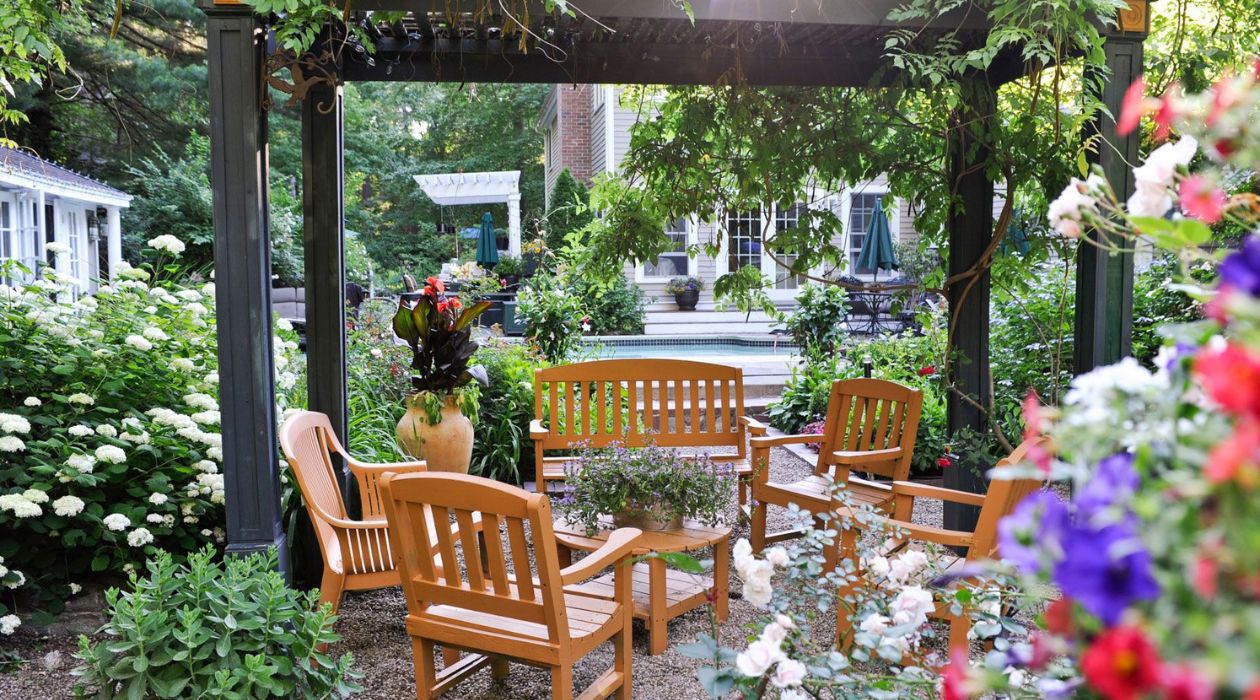
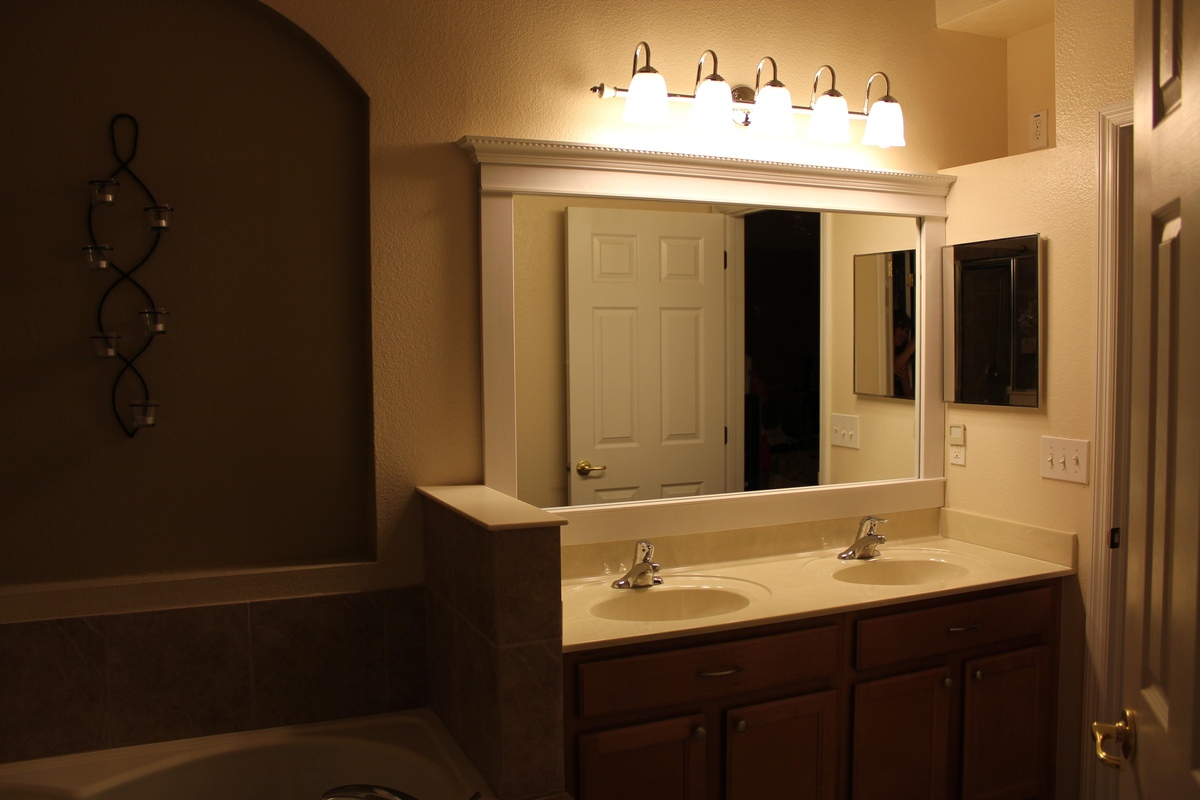
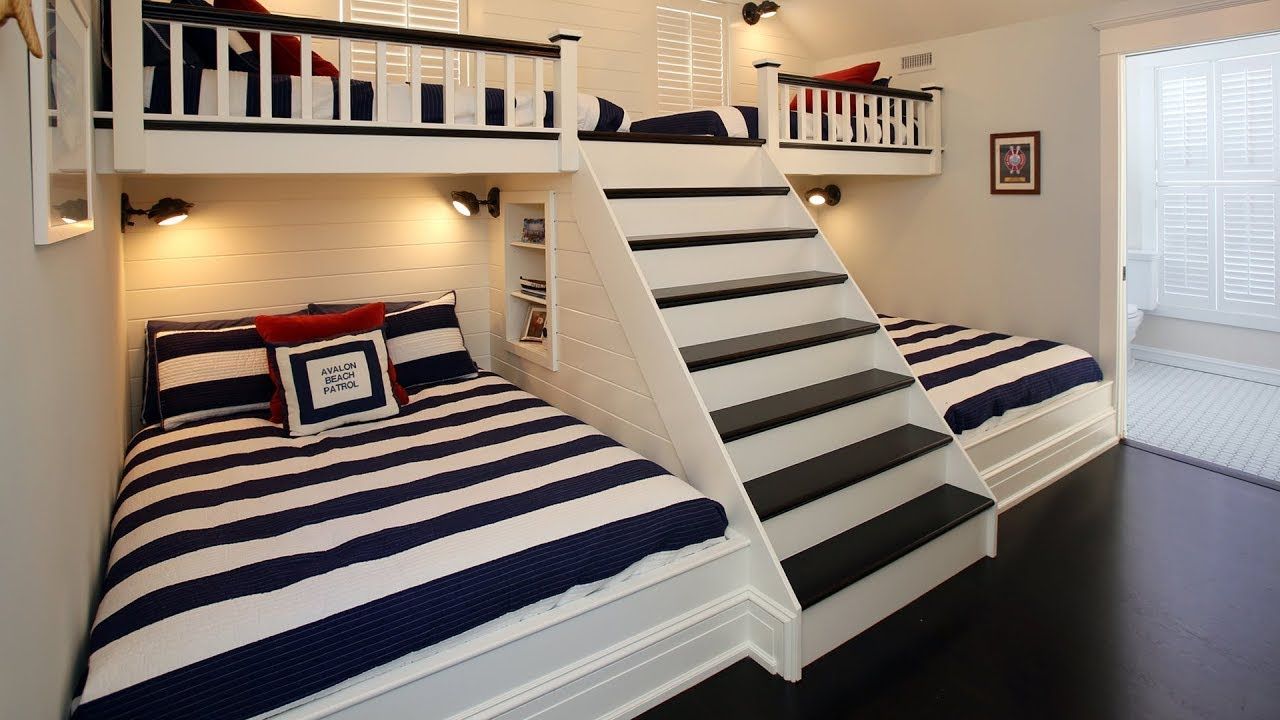
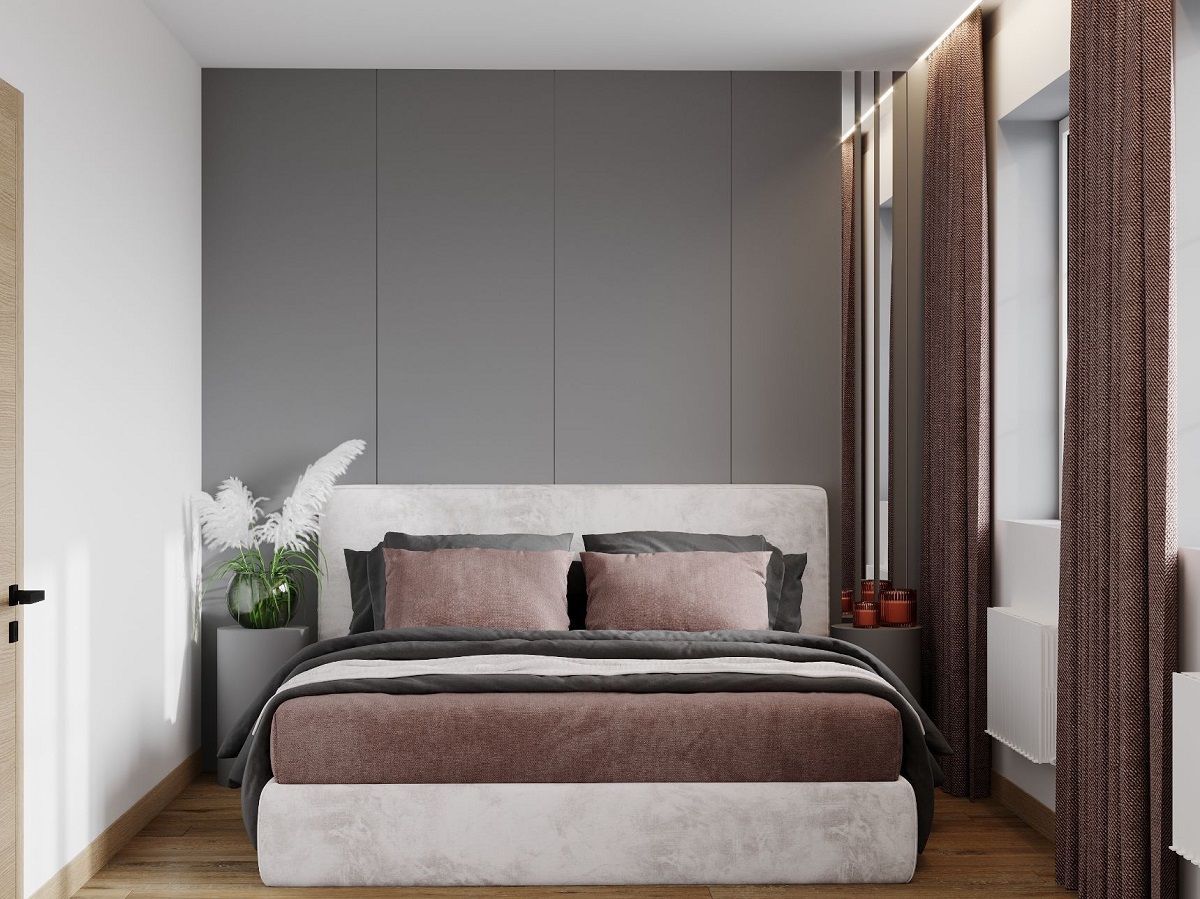
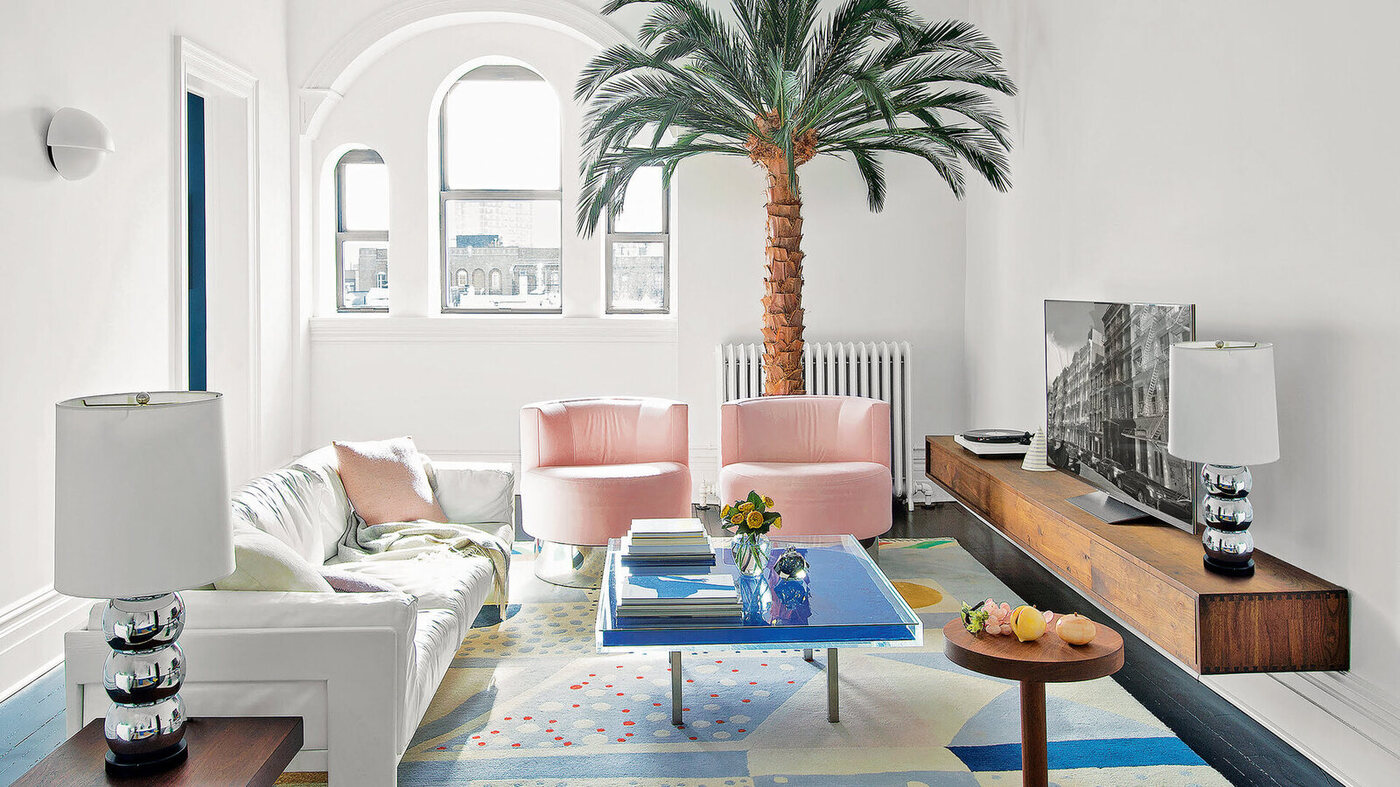
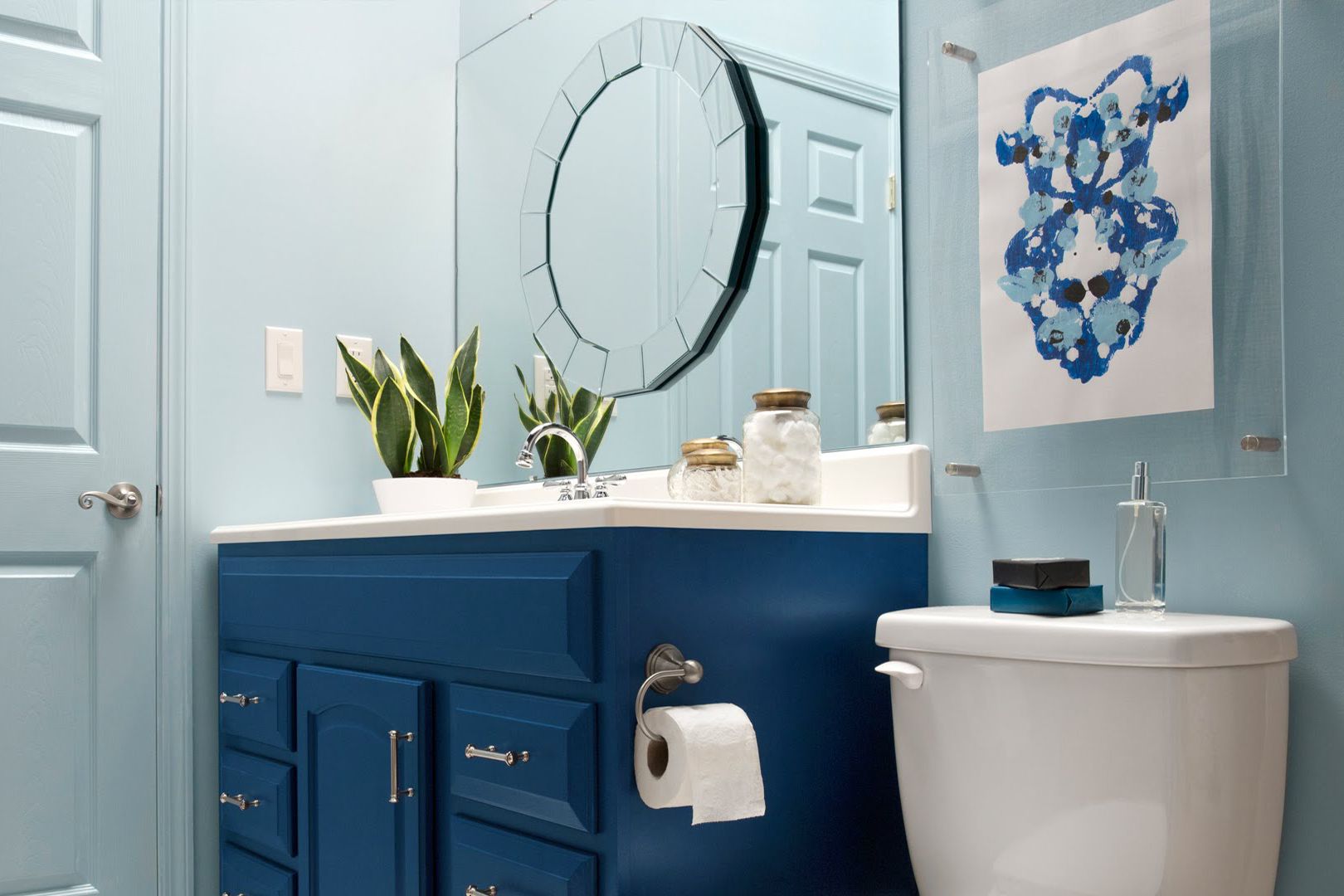
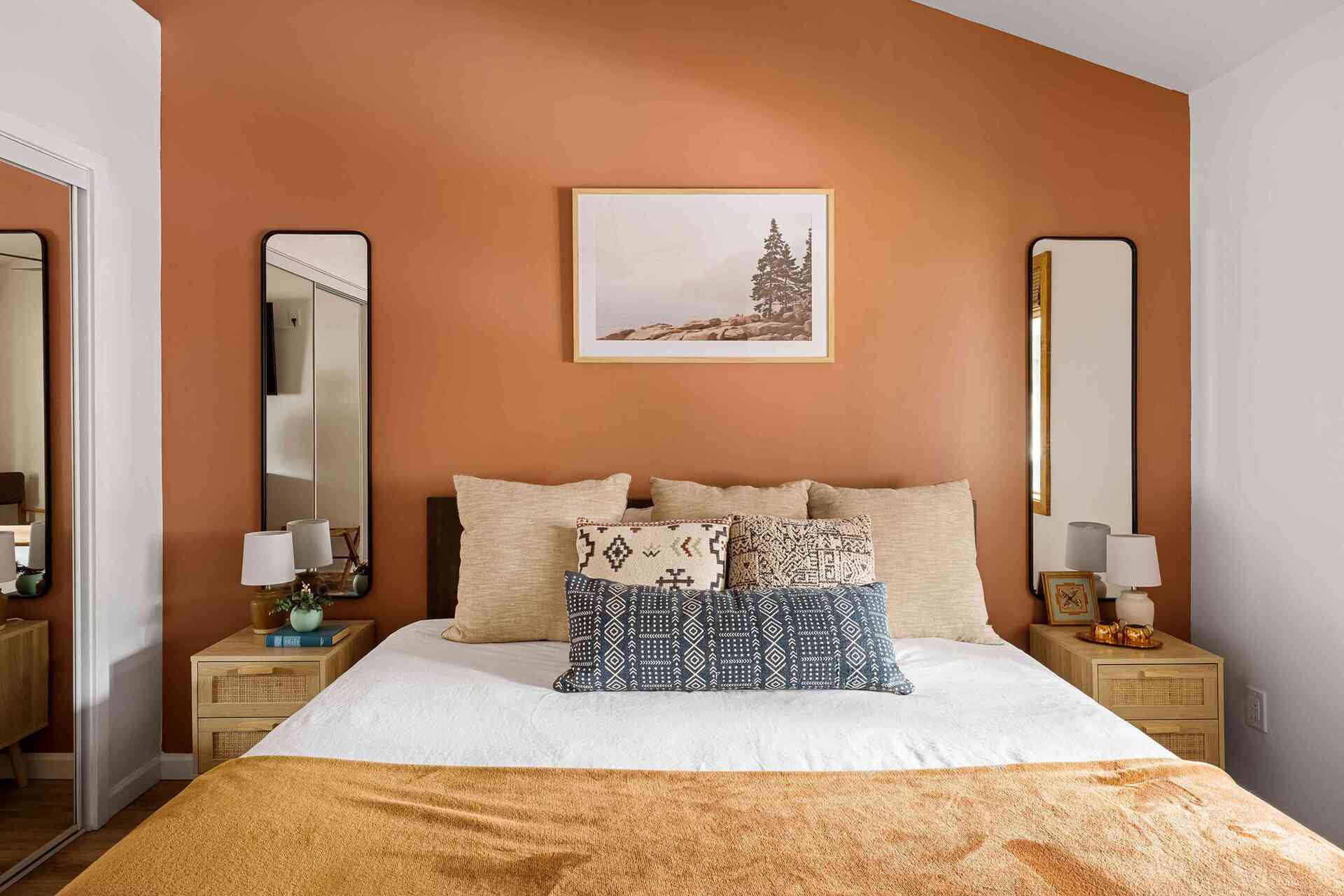
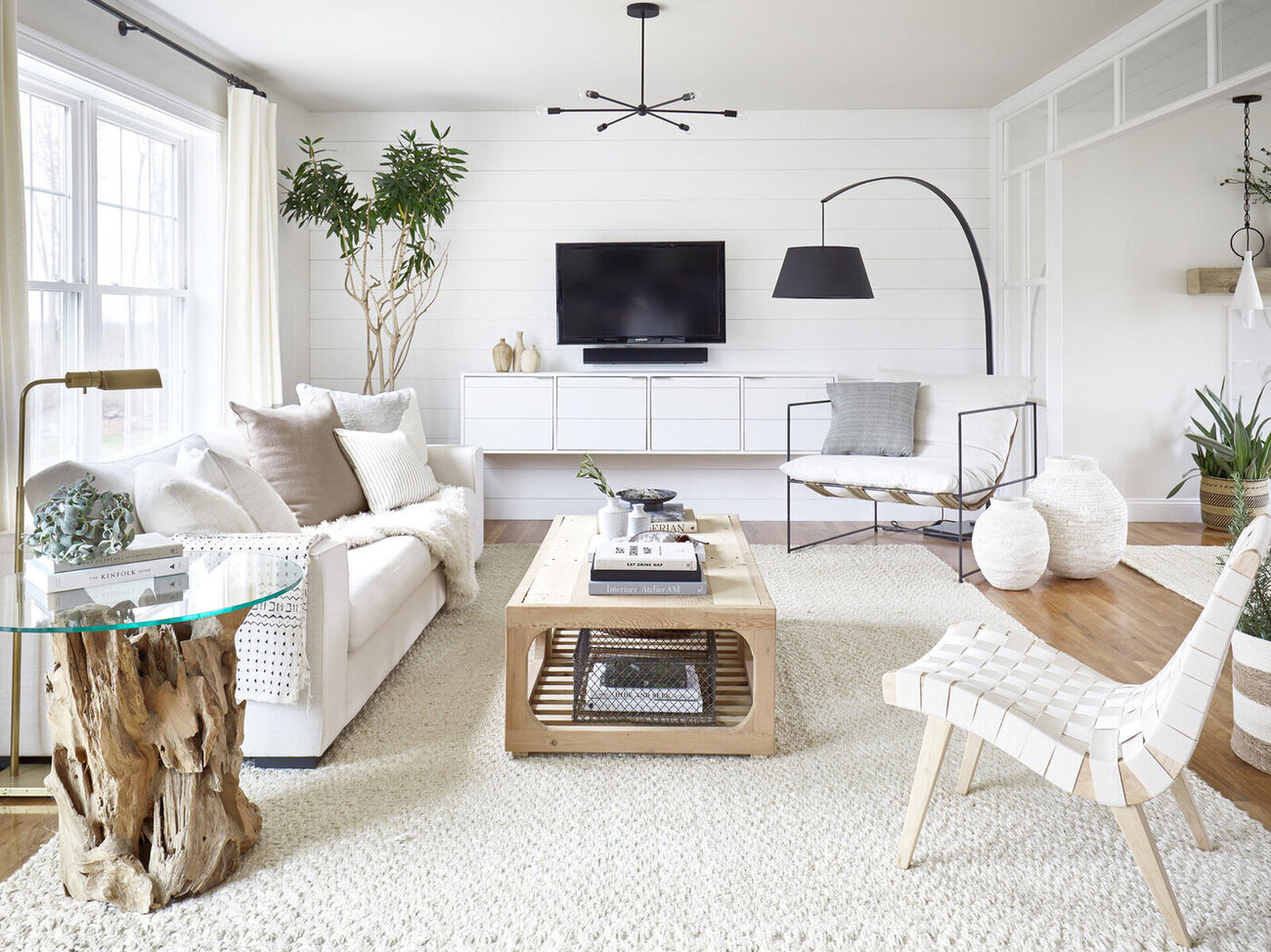
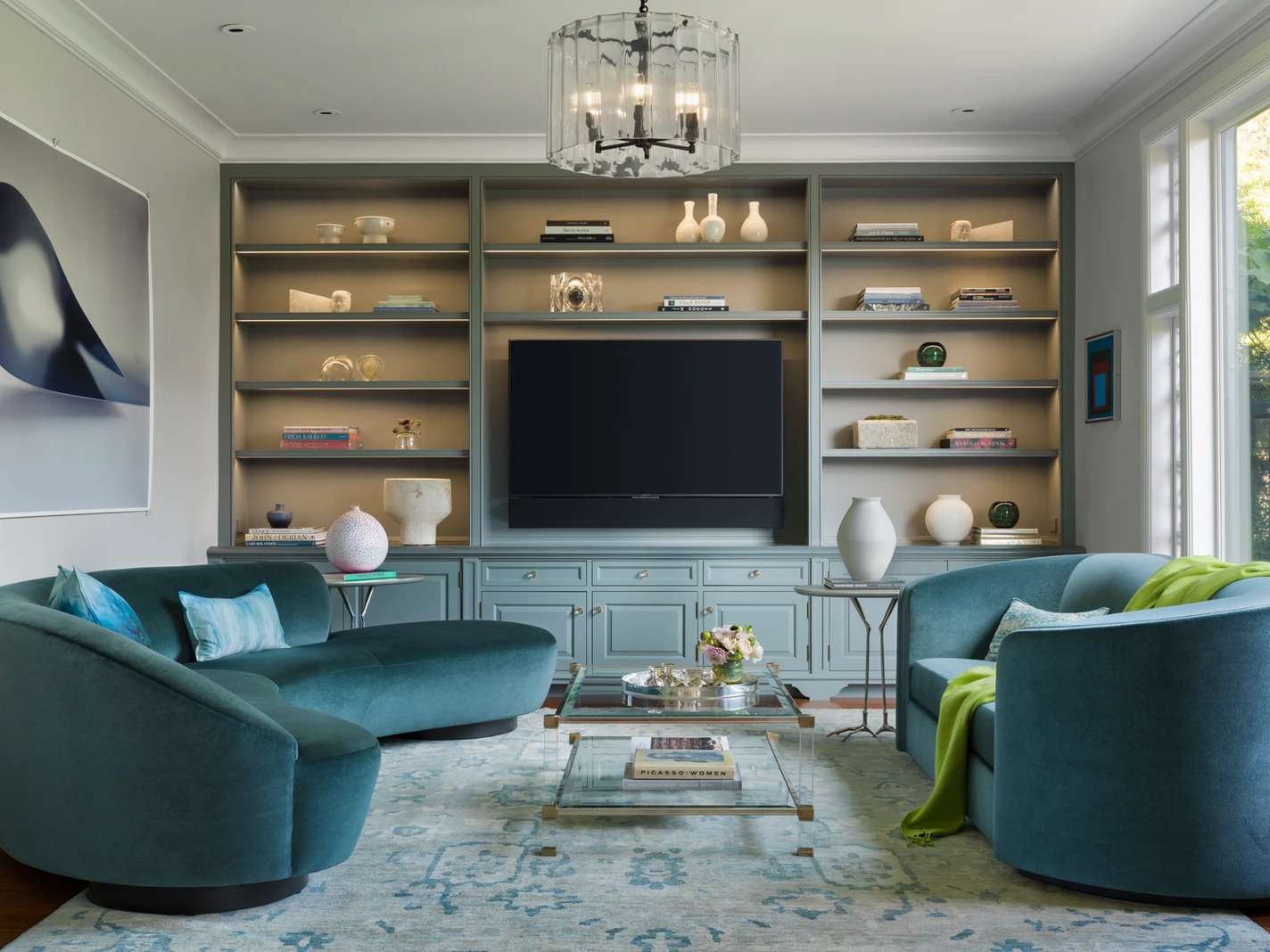
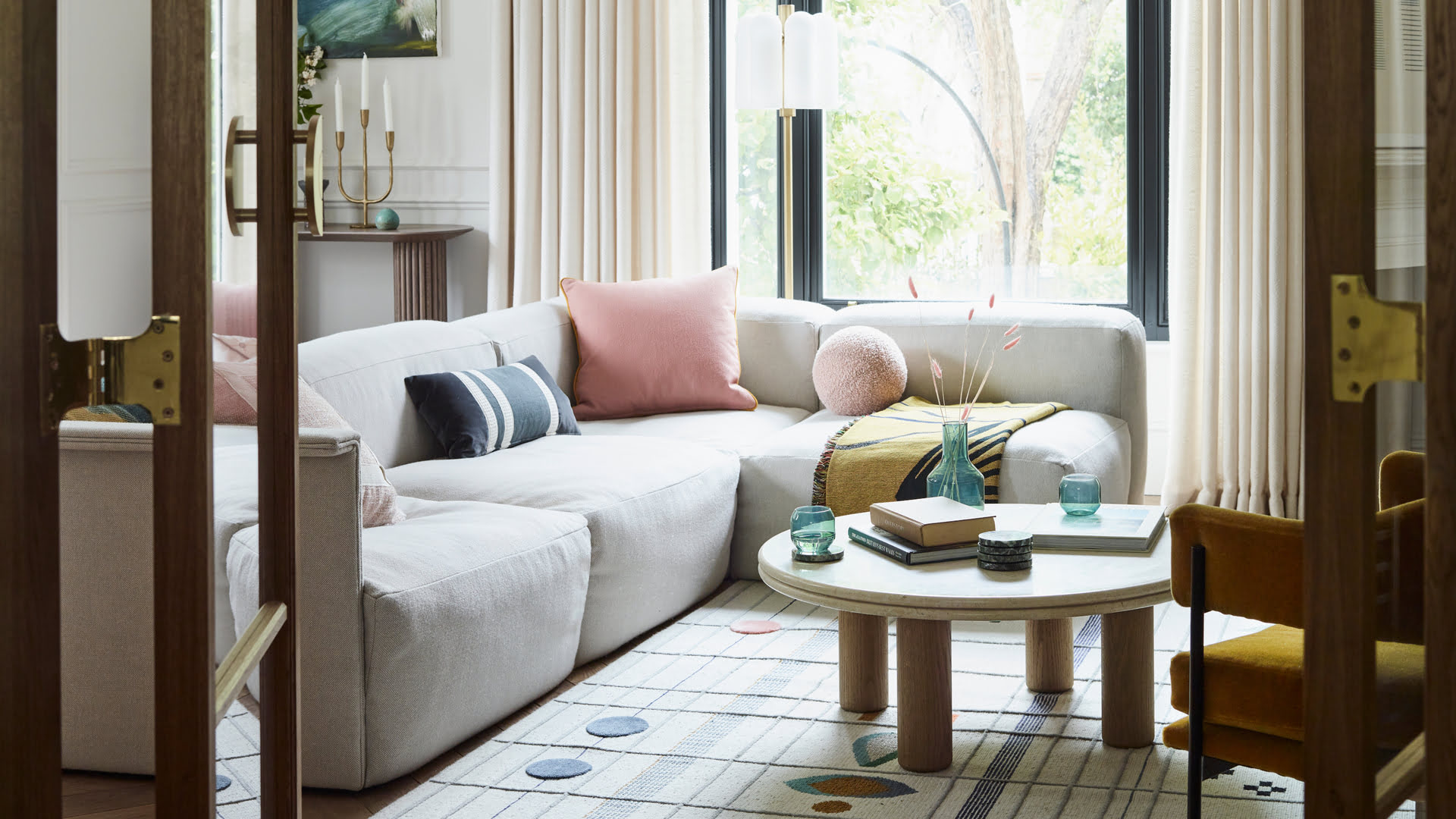
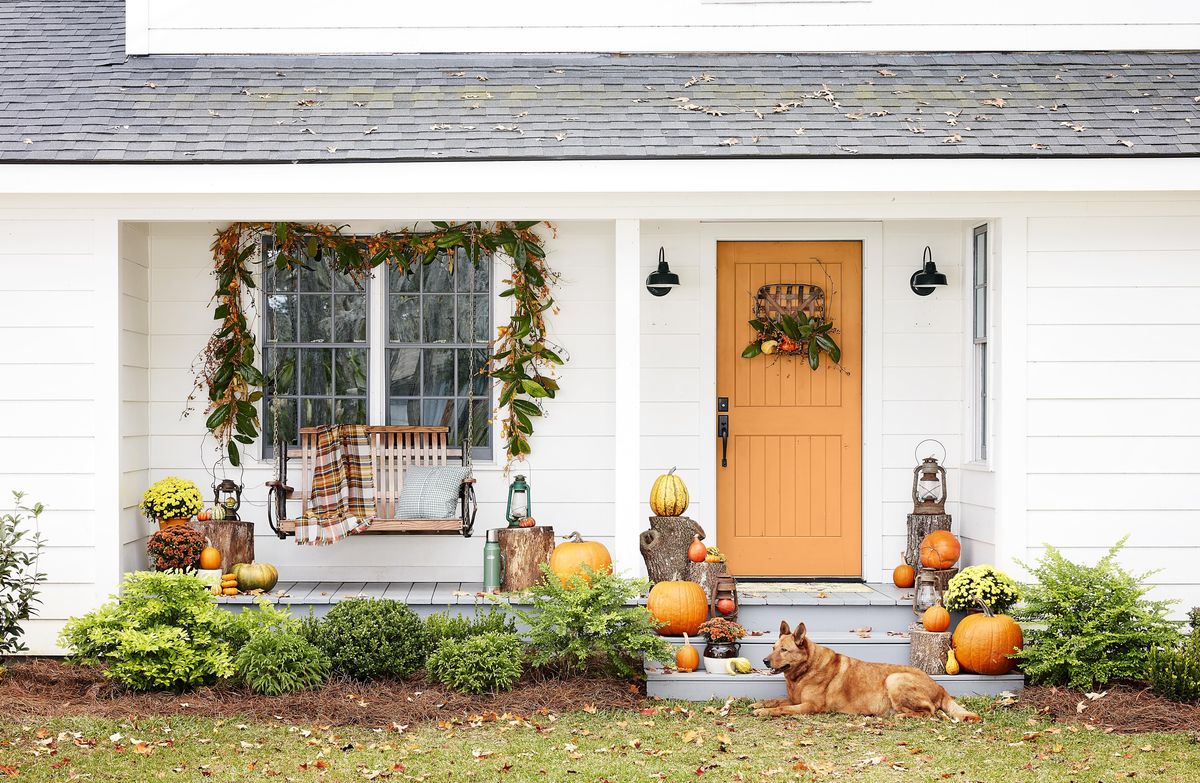
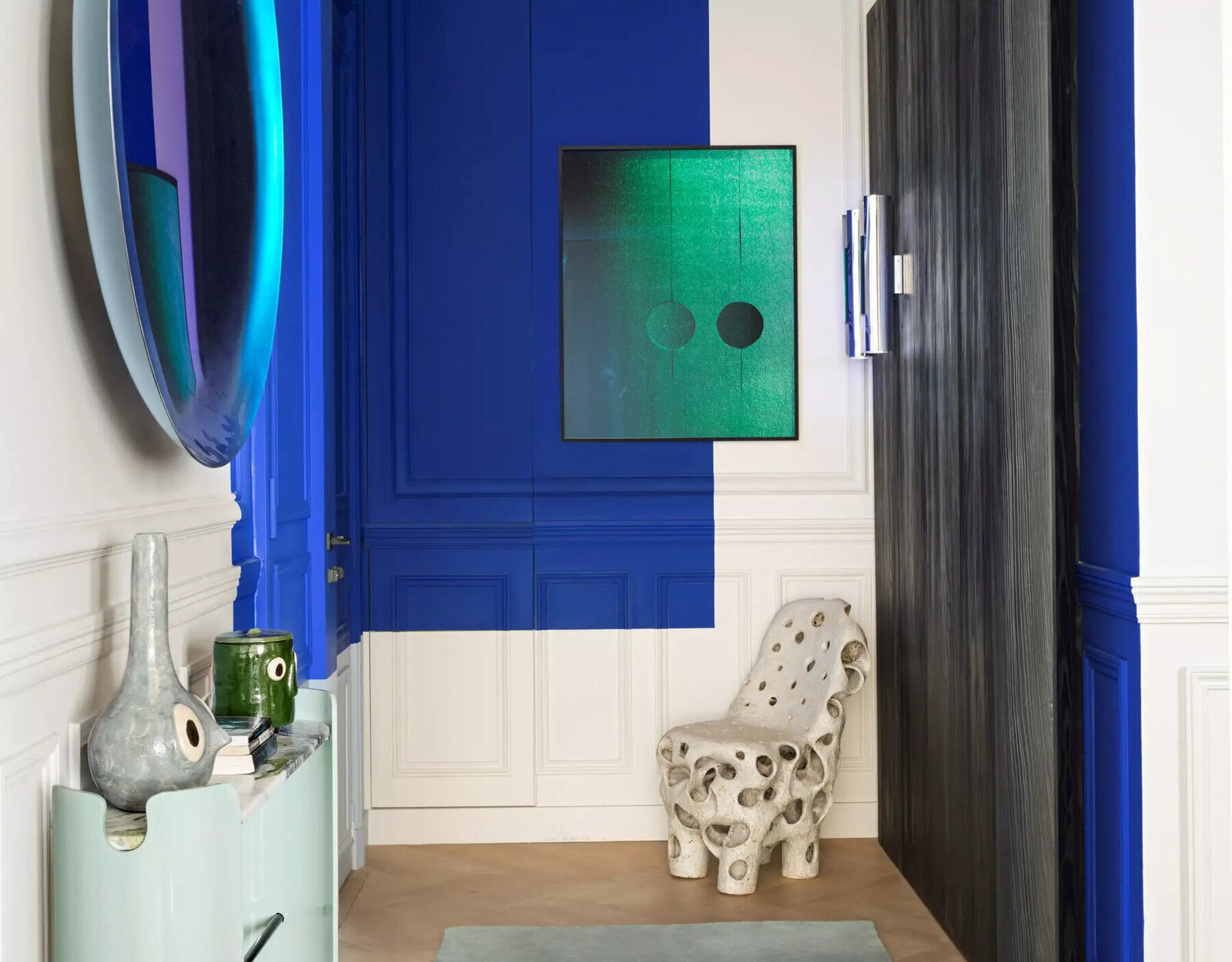

0 thoughts on “Small Home Office Ideas: 12 Tiny Home Office Designs”